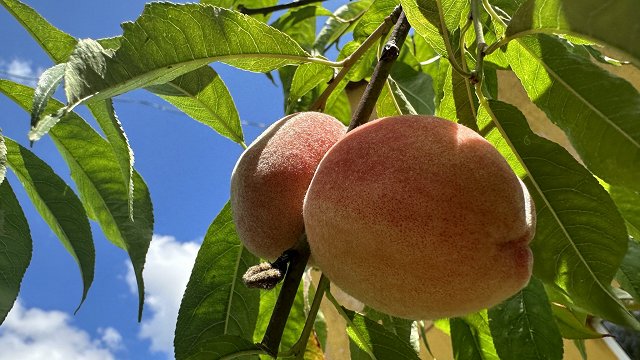The farm “Atvasaras” operates an area of 1500 square meters, split into 12 greenhouses. The owner of the farm, Sanita Indrika, said: “We are already starting from mid-January to fill the pots in time and prepare for new arrivals.”
In order not to freeze seedlings, greenhouses must be heated. The rise in energy prices has already presented a series of challenges.
Indrika said: “Wood increased from €30 per cubic meter to €75. It's a lot. The cost of seeds rose slightly, the costs of peat have picked up, the price of seedlings has been constant for a long time. I certainly think that [the price of seedlings] will grow by 10%-15%, but it must also be looked at so that people can afford to buy.”
Andrejs Vītoliņš, head of the Latvian Association of Plant Growers, said that the increase in costs of materials is unavoidable, particularly for large plants.
Vītoliņš said: “Growers are now increasingly feeling the drop in income and trying to regulate the volume with prices in order to keep their income up, and this will certainly exacerbate competition. It will certainly show in visits to different markets, to different promotional activities. All of this in general shows that our grower is very concerned.”
The greenhouse owners surveyed are not going to give up their business but acknowledged that their profit will fall and buyers will also have to spend more money for the purchase of plants, flowers and Latvian vegetables.





























